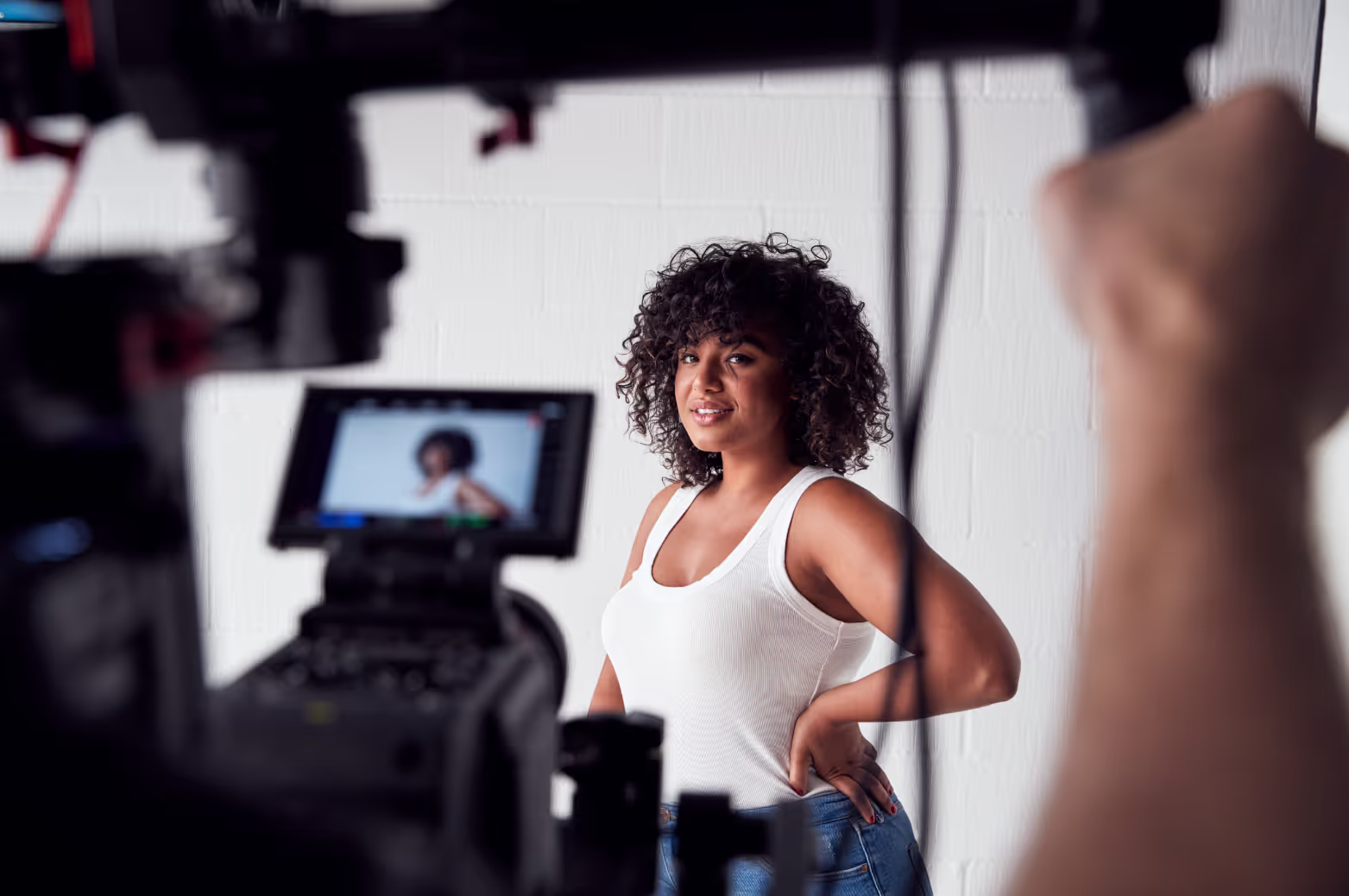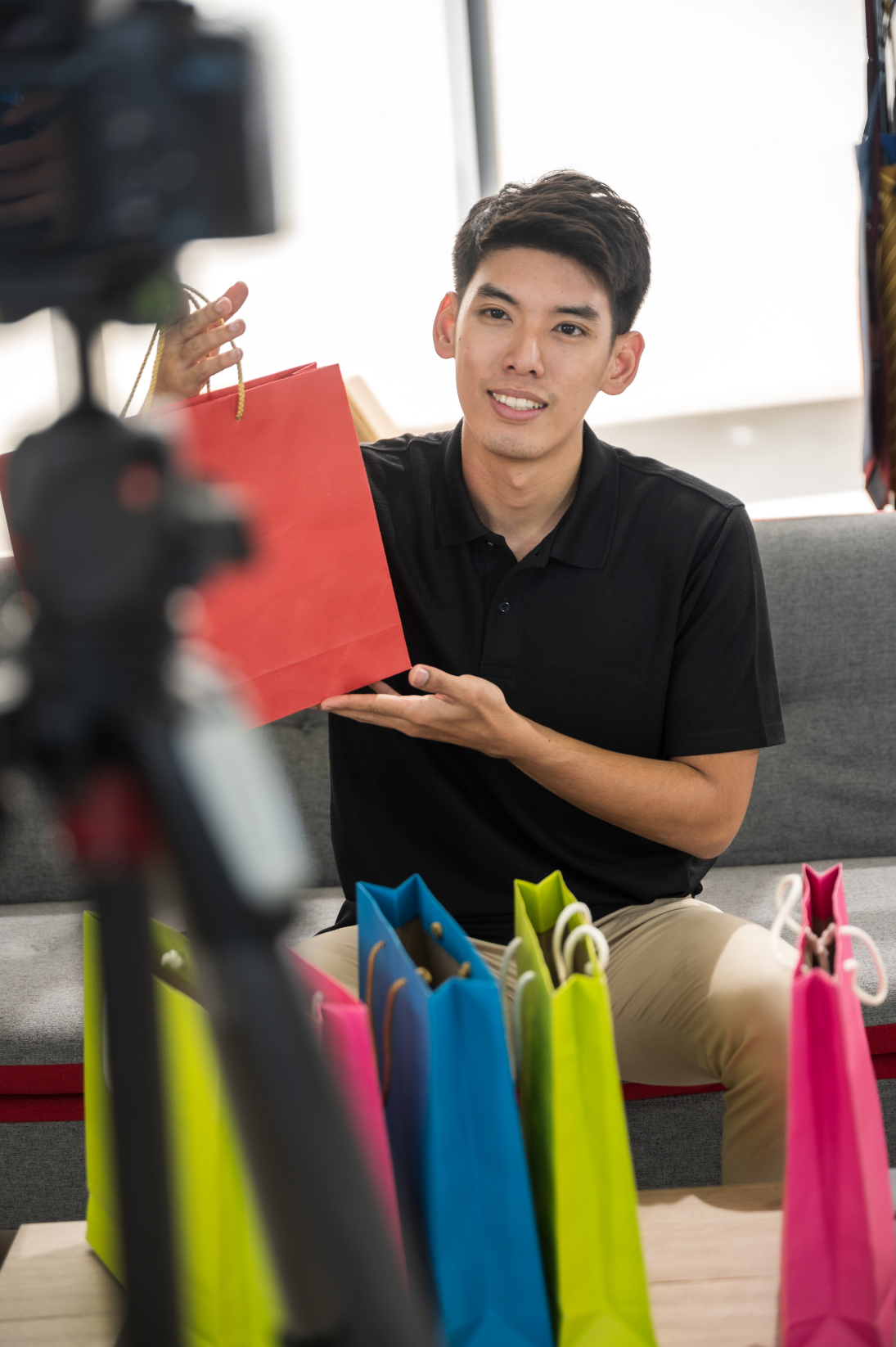Master Modern Cinematography: Top 5 Techniques Revealed

In the dynamic world of filmmaking, cinematography is the silent storyteller, the visual architect that transforms a script into an immersive experience. It's more than just pointing a camera; it's about mastering light, movement, and composition to evoke emotion and convey narrative with unparalleled impact. As technology evolves and audience expectations soar, modern cinematographers are continuously innovating. Ready to elevate your visual storytelling? Let's dive into the top five techniques that define modern cinematography and how you can apply them to your projects.
Mastering Dynamic Camera Movement
Gone are the days when static shots dominated the screen. Modern cinematography thrives on dynamic camera movement, leveraging tools like gimbals, drones, sliders, and dollies to create fluid, immersive experiences. This isn't just about showing off fancy equipment; it's about using motion to enhance narrative, reveal information, and guide the viewer's eye. A well-executed tracking shot can build tension, while a sweeping drone shot can establish scale and mood in an instant.
The key to effective dynamic movement lies in its purpose. Ask yourself: does this movement serve the story? Does it reveal a character's state of mind or a crucial detail? Practice smooth starts and stops, understand your camera's balance, and pre-visualize your shot paths. Experiment with different speeds and directions to see how they alter the emotional impact. A slow, creeping push-in feels vastly different from a fast, frantic handheld chase, and both have their place in the modern visual language.
The Art of Motivated & Creative Lighting
Lighting is the bedrock of cinematography, shaping mood, depth, and character. While the classic three-point lighting setup remains fundamental, modern techniques push beyond it, embracing motivated and creative lighting approaches. Motivated lighting means ensuring your light sources appear to come from natural or practical sources within the scene – a window, a lamp, a flickering TV screen. This creates a sense of realism and immersion that flat, unmotivated lighting often lacks.
Beyond realism, creative lighting is about using light and shadow to sculpt emotion and direct attention. Think about using a single, harsh light to create high contrast for a dramatic interrogation scene, or soft, diffused light for a tender moment. Experiment with colored gels to evoke specific moods, or use negative fill to deepen shadows and add intensity. The goal is not just to illuminate a scene, but to paint with light, making every highlight and shadow contribute to the story's emotional tapestry.
Strategic Use of Depth of Field & Focus
Depth of field (DoF) and focus pulls are incredibly powerful narrative tools in the cinematographer's arsenal. Modern filmmakers master the art of manipulating DoF to emphasize subjects, reveal or conceal information, and control the viewer's attention. A shallow depth of field, with a blurred background, isolates your subject and creates a dreamlike or intimate feel, perfect for character-driven moments.
Conversely, deep depth of field keeps everything in focus, allowing the viewer to take in the entire scene and its environment, often used for establishing shots or scenes where context is crucial. Furthermore, the strategic use of focus pulls (or "rack focus") can dramatically shift attention from one subject to another within a single shot, revealing a character's reaction or an important object, adding dynamic storytelling without a cut. Understanding your aperture, sensor size, and lens choice is vital for precisely controlling this powerful visual element.
Embracing Cinematic Color Grading
While often seen as a post-production task, color grading is an integral extension of modern cinematography. It's where the raw footage transforms into the final cinematic look, defining the film's tone, mood, and even time period. Modern DPs work closely with colorists, often planning the desired look from pre-production, using Look Up Tables (LUTs) as a starting point to achieve specific cinematic aesthetics.
A well-executed color grade can make a scene feel warm and nostalgic, cold and sterile, or vibrant and energetic. Think of the desaturated, gritty look of war films, the rich, warm tones of a period drama, or the striking teal and orange contrasts common in action blockbusters. Understanding how different color palettes evoke specific emotions and reinforce narrative themes is crucial. Experiment with various grading software and pre-made LUTs, but always aim to develop a unique visual language that complements your story.
Innovative Composition & Framing
Composition and framing are the foundational elements of any compelling visual. While traditional rules like the Rule of Thirds remain valuable, modern cinematography often thrives on innovative approaches that break convention to create unique visual impact. This includes creative use of negative space to evoke loneliness or vastness, leading lines to guide the eye, and symmetrical or asymmetrical framing to create balance or tension.
Beyond the basics, consider how you can frame your subjects to tell a deeper story. Extreme close-ups can heighten intimacy or anxiety, while wide shots can emphasize isolation or grandeur. Experiment with Dutch angles for a sense of unease, or use foreground elements to create depth and visual interest. The goal is to make every frame a deliberate artistic choice, carefully crafting the viewer's experience and conveying layers of meaning without a single word of dialogue.
Conclusion
Modern cinematography is an exciting blend of technical mastery, artistic vision, and innovative storytelling. By embracing dynamic camera movement, mastering motivated lighting, strategically using depth of field and focus, leveraging cinematic color grading, and exploring innovative composition, you can transform your films into truly captivating visual experiences. These techniques aren't just about making pretty pictures; they're about communicating emotion, building worlds, and telling stories that resonate deeply with your audience. The journey to becoming a master cinematographer is ongoing, filled with continuous learning and experimentation. Ready to take your skills to the next level? Explore more resources and connect with a community of passionate filmmakers at FilmBaker.com, where your cinematic aspirations can truly take flight.


